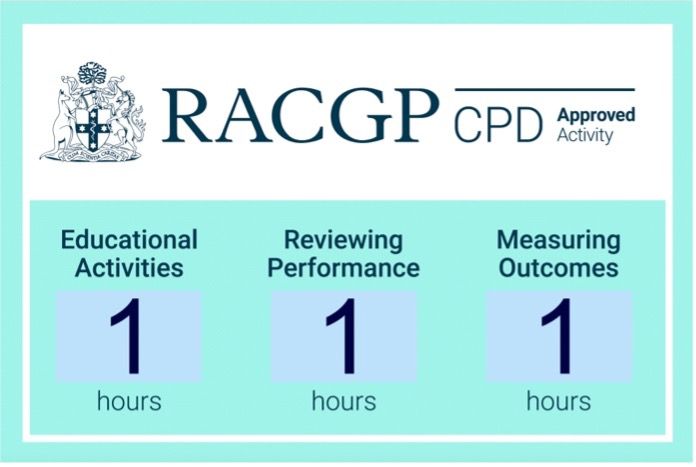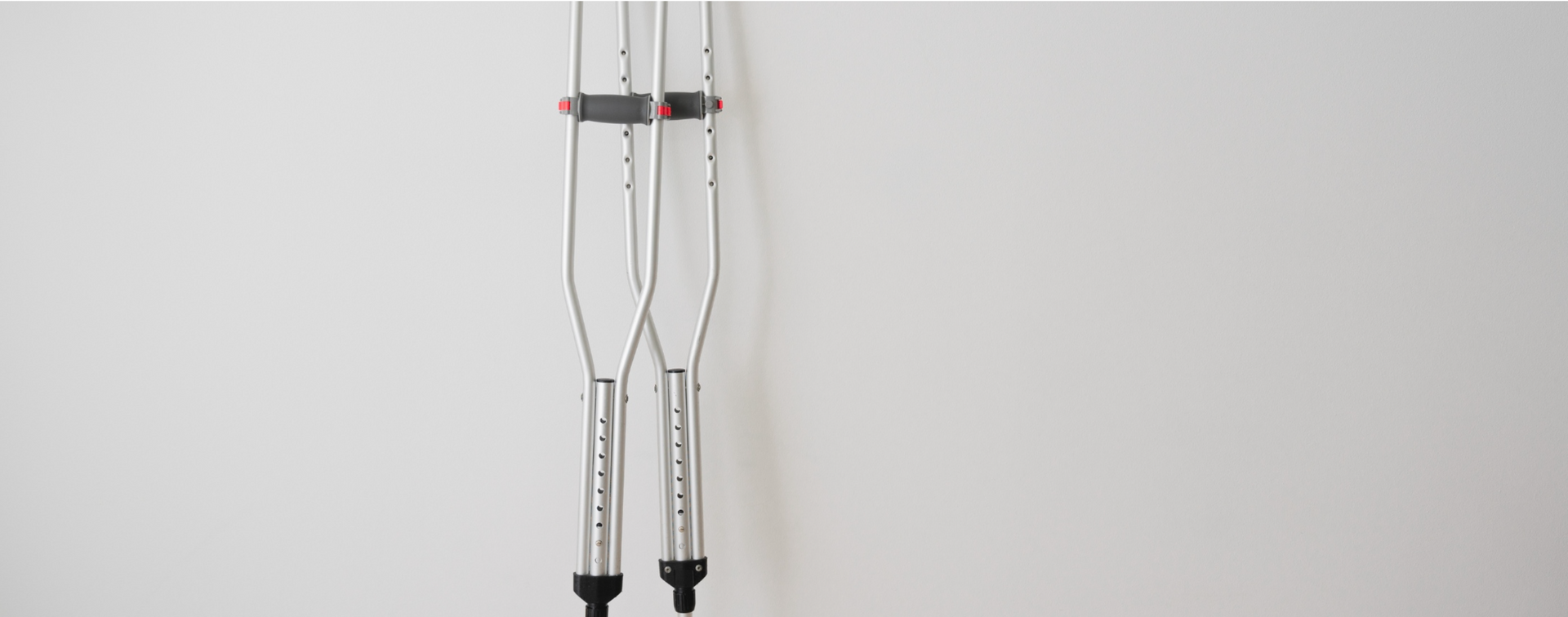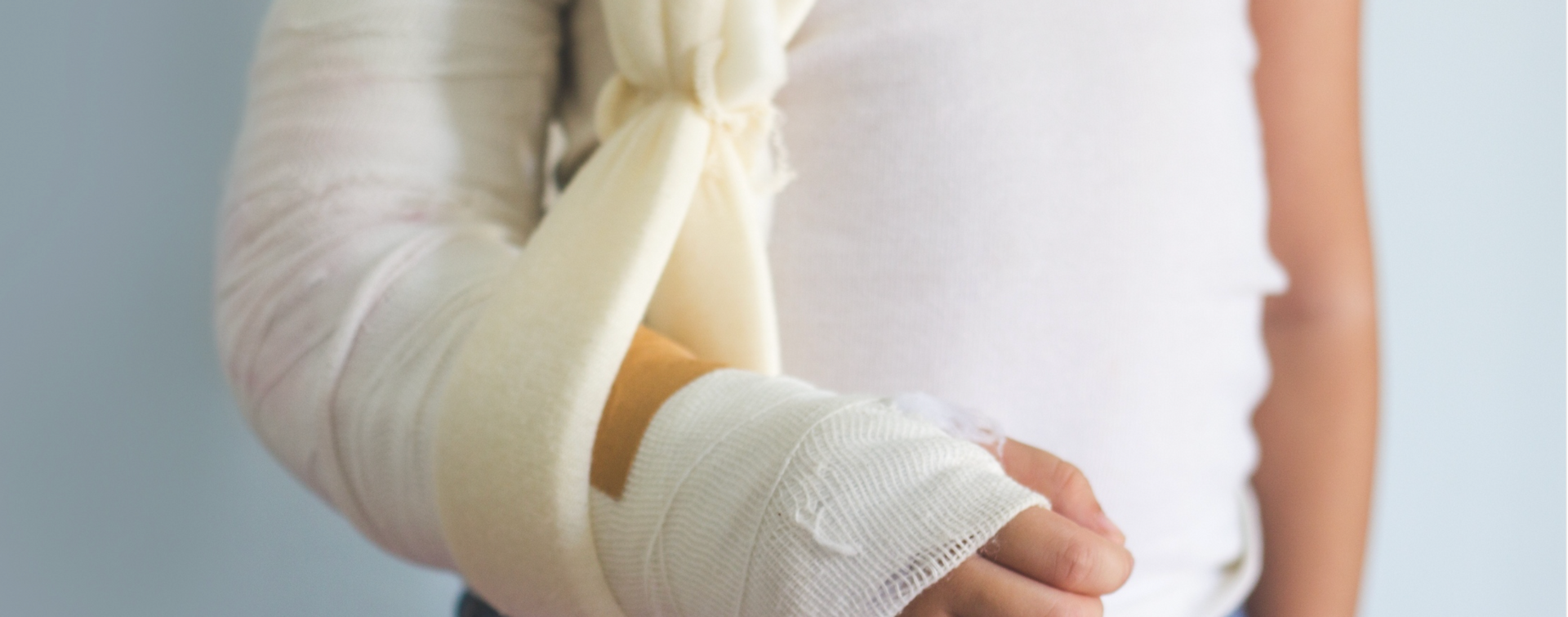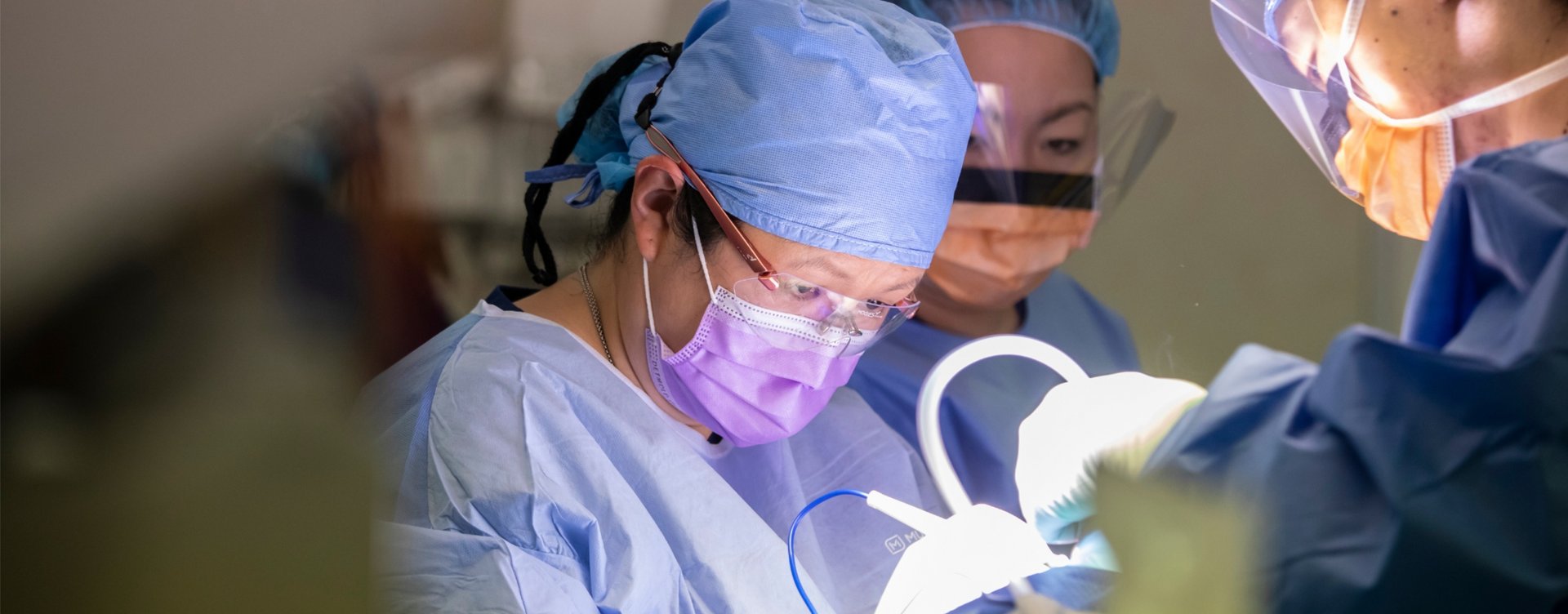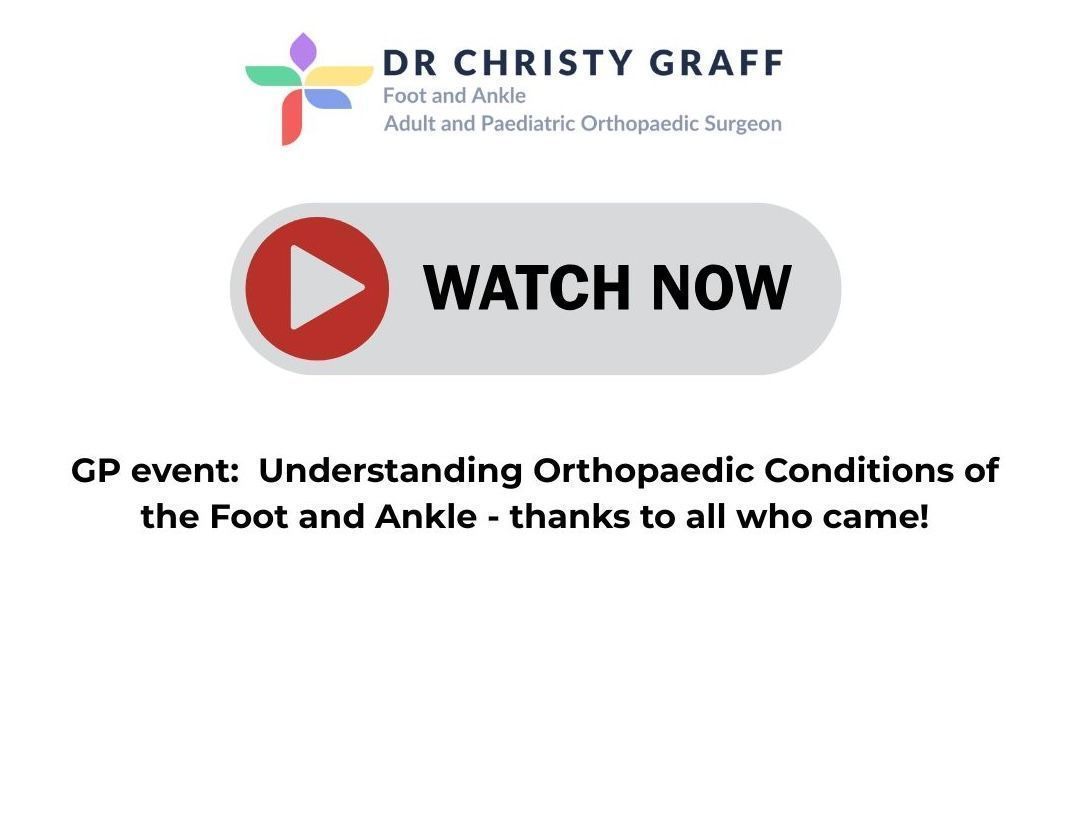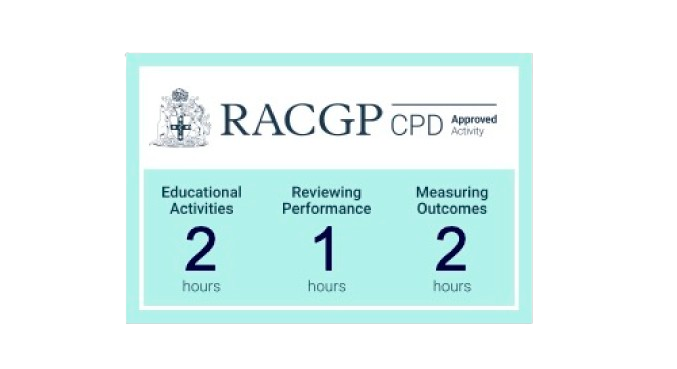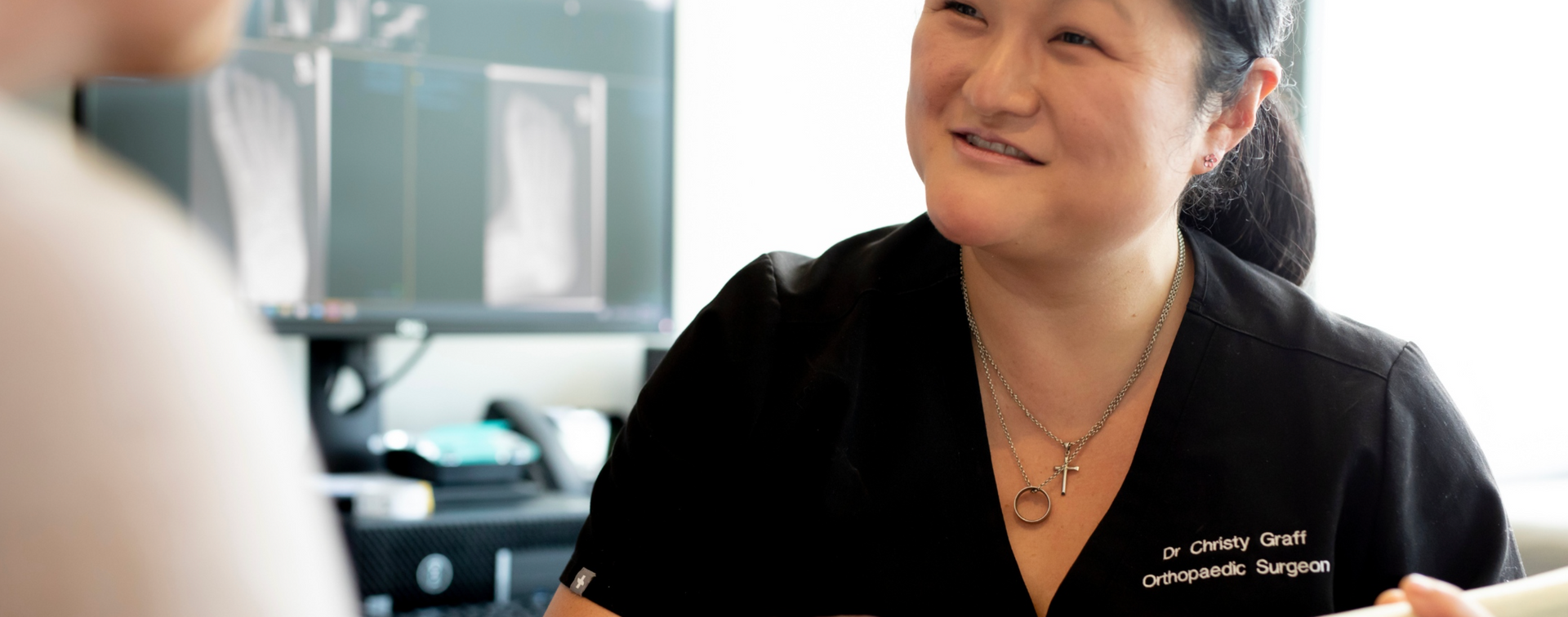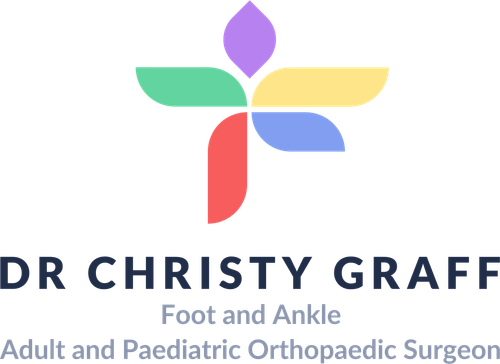Tibial eminence fractures in the paediatric population: a systematic review
Dr Graff (nee Coyle) and her team during her time at the Royal London Hospital investigated the literature for evidence on the best management of tibial eminence fractures in children.
Tibial eminence fractures in children often occur instead of an anterior cruciate ligament (ACL) rupture in children, because the bone in children is weaker than the ACL. In adults, the ligament is weaker than bone, and therefore they often have an ACL rupture rather than a fracture.
If the ACL has avulsed the tibial eminence in children, it can sometimes be managed non operatively if the bone hasn’t moved. If the bone has moved, management in the literature is controversial. The literature is summarised by Dr Graff and her team in this paper.
The literature is not comprehensive, and management in a long leg cast may yield good results. However, arthroscopic or open reduction and internal fixation for fractures in which the bone has moved is advocated in more current literature. Benefits of this management include clearance of soft tissue structures (ie. cartilage or ligaments) trapped under the bony fragment, early range of movement and less chance of stiffness and pain. Most children will have increased knee laxity in that knee, but this has not shown to have any impact in the long term.

